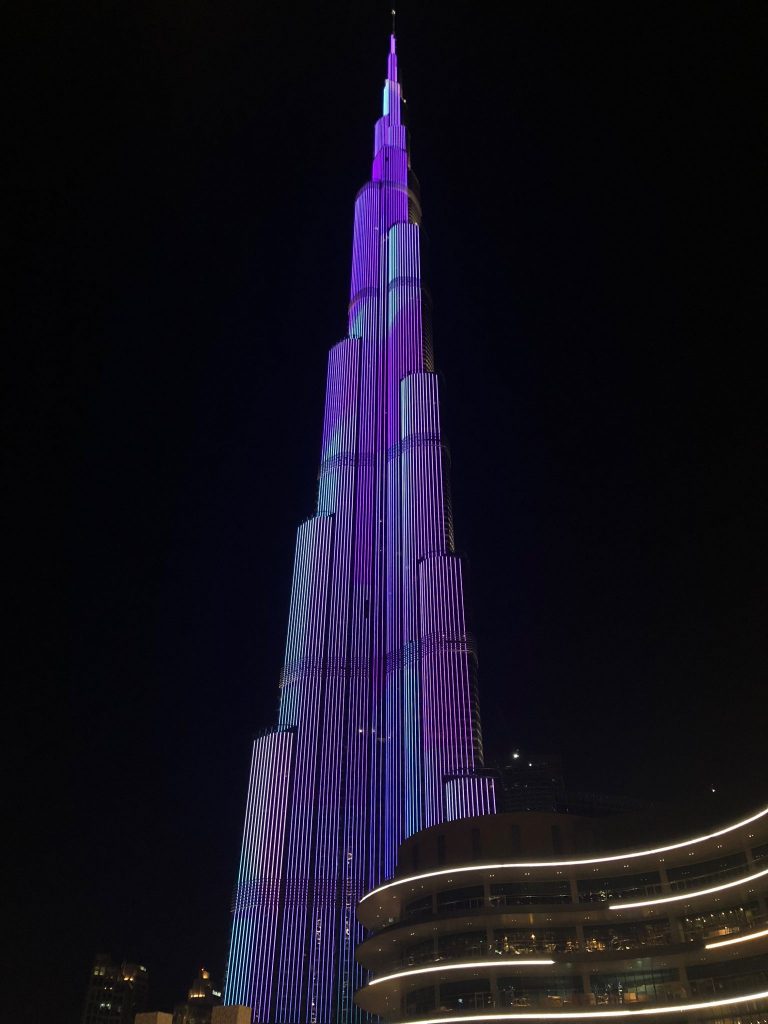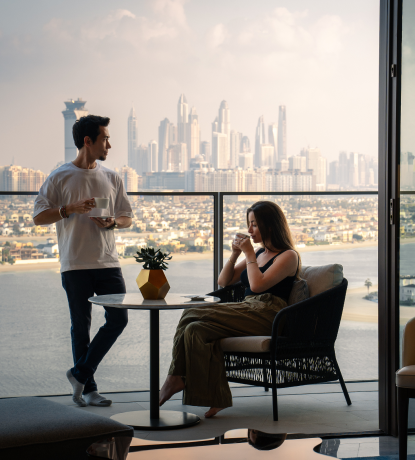When I was younger, I always wanted a time machine. You would think that as I approach a quarter century, I’d come to terms with the inauspicious fate of my childhood fantasy. I stepped off Emirates flight EK204 and anxiously waited as my Uber driver zigzagged his way through thickets of squeaky clean luxury sedans. The only other time I’ve seen so many luxury cars within a quarter mile radius was during the Cannes film festival in the French Riviera. This was just the airport. There is really no way to prepare for the first sight of Downtown Dubai, especially during nighttime. As I took it all in for the third time, the only reasonable explanation I came up with was that it took me a mere 25 years of life to realize that time machines do, in fact, exist.
Dubai is the model that every photographer dreams to shoot; it is young, vibrant, sophisticated and sexy. The city of Dubai has existed since the mid 1800’s and in 1968 there were just 13 cars on the roads. Fast forward 40 years, not only are there double decker highways, but also the worlds tallest building, largest mall, tallest hotel, second largest man-made marina, and the world’s largest aquarium. It’s hard to fathom that Dubai is technically still in its infancy.
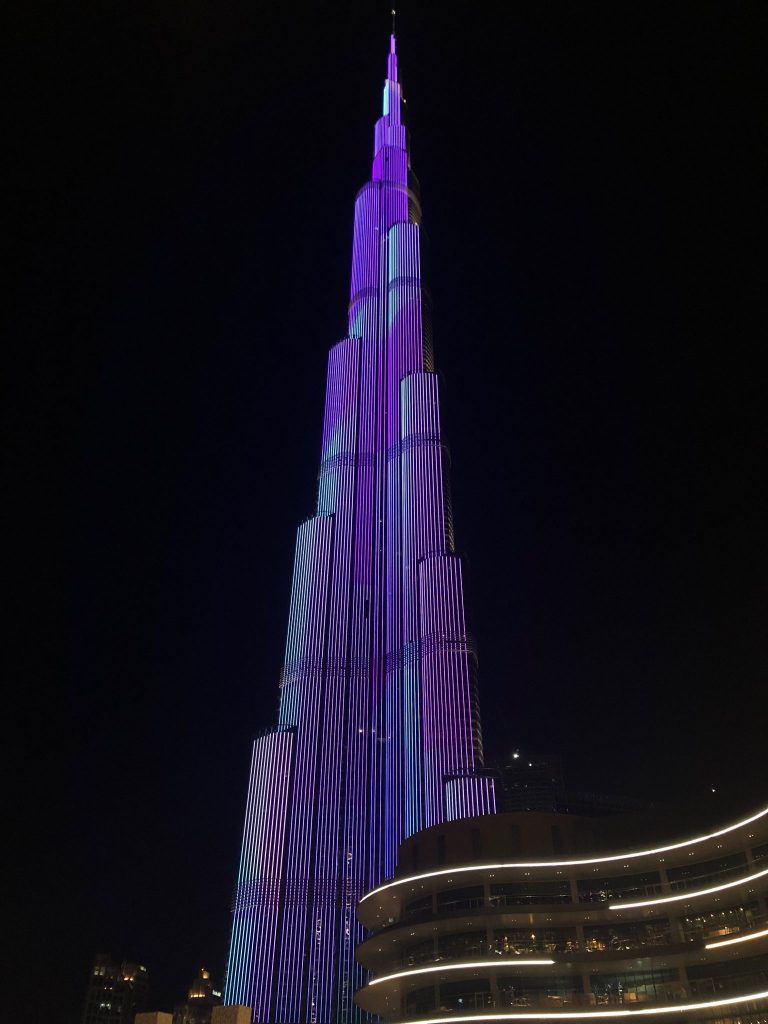
I spent the entire thirty minute ride from the airport with my nose pressed against the car window and the fragrance of fresh new car leather tickled my nostrils. Dubai never gets old. We pulled into the entryway of Jumeirah Al Qasr. It is lined with massive statues of gold horses and perfectly choreographed fountains. The property is surely built for a king, or should I say “a Sheikh”. The title is given to a royal male (Sheikha for female) at birth. In the United Arab Emirates there are seven Emirates, and six royal houses. It came as no surprise to know that the royal family of Dubai has a favorite villa at the Jumeirah hotel where I am staying (sadly not mine, but close enough for me to see it out of my window).
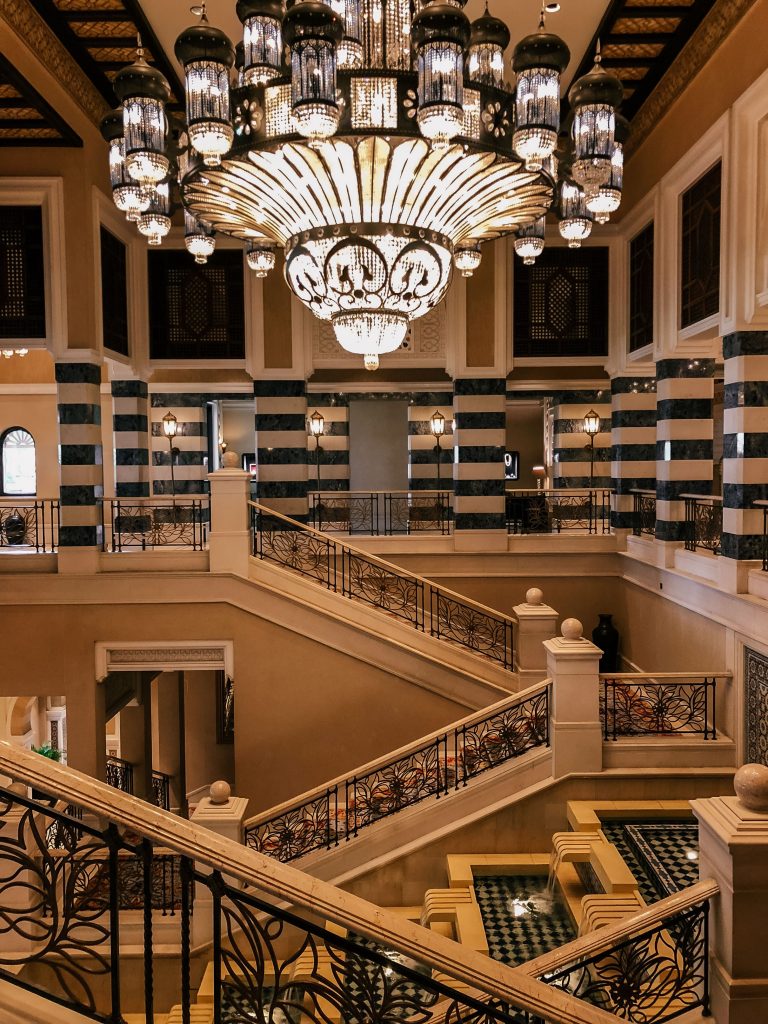
The resort is an authentic recreation of ancient Arabia with ultra luxurious finishing touches, like the five ton Swarovski chandelier in the lobby. Two story houses stack the streets that look like a scene out of my favorite fairytale. On every corner there is a man made waterway where you can take an Abra (a traditional wooden boat) to one of the 50 restaurants, 5 tennis courts, pools, beach, spa, souk (local market), or waterpark that this Arabian Resort of Dubai has to offer. At three meals a day, it would take me over two weeks to experience all the dining options on this property, I thought to myself as a wiped the fresh raspberry jam from my lip at breakfast.
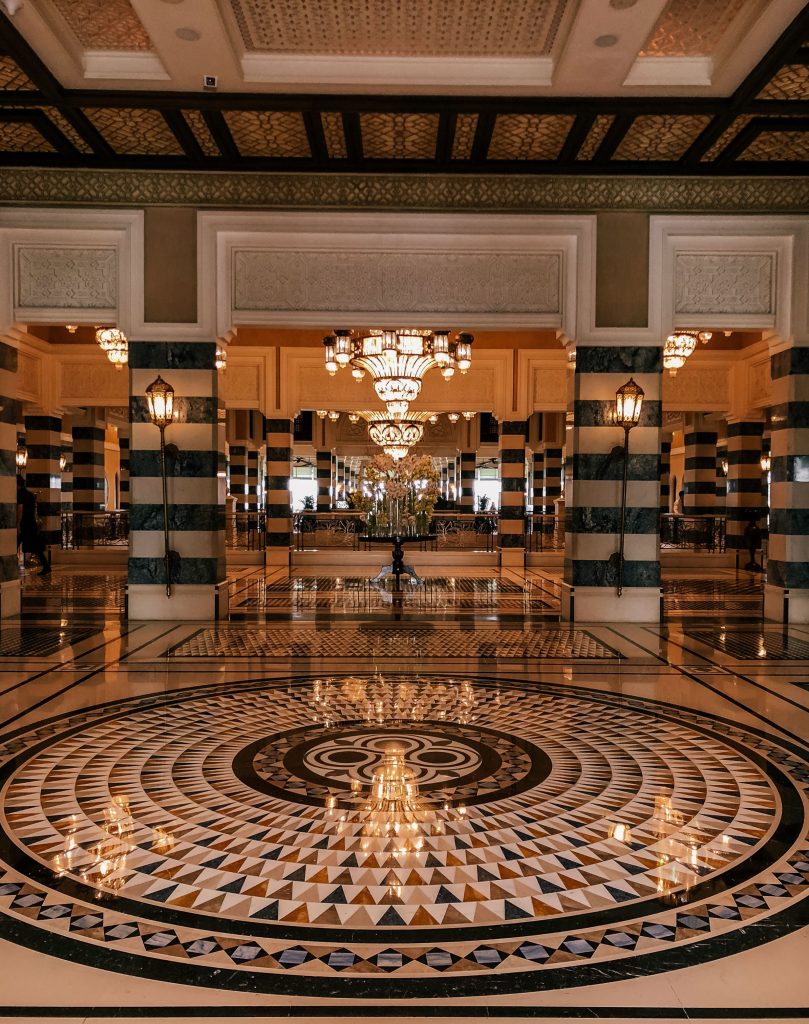
My room featured virtually every detail of design that I assume Arabian royalty lives in. Bold colorful decorative patterns, beautiful arches, and traditional arabesque architecture is accessorized with a private outdoor yard that overlooks the turquoise waterways and the Burj Al Arab. The Burj Al Arab, which is also part of the Jumeirah hotel family, is known as the most luxurious hotel in the world. The latter is achingly hard to accept as I look around my very own Arabian fantasy-turned-reality.
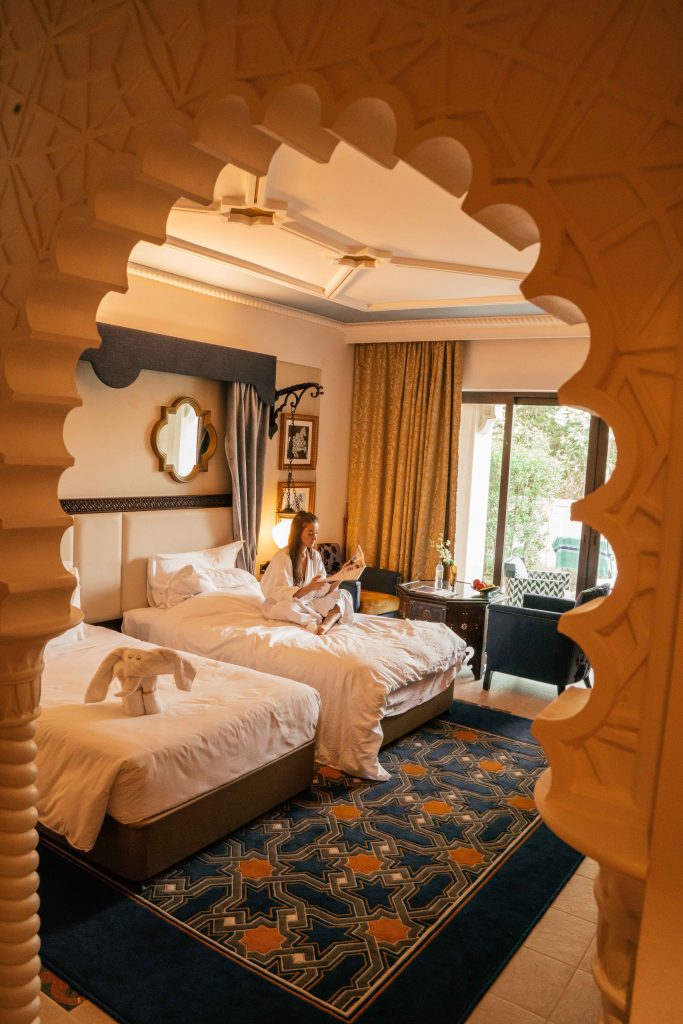
With a lot of ground to cover, I begin my morning early and head straight to breakfast. I spent a lot more time than expected pondering on what to eat – I contemplated eating traditional Ukrainian food from my motherland, or perhaps I should try some Japanese? Indian? The choices were endless. I settled for the basics: eggs, sausage, toast and a side of red beans (for some reason my selection of red beans is always greeted with astonishment by my Western friends). A crow lands on the opposite side of the breakfast table and attempts to nibble on my toast – before I could move a finger, a hotel staff member runs up with a Falcon. Falcons are hunting birds that play a crucial part in Emirati culture as Bedouins used them to hunt for centuries. A falcon bird was once sold for a mere $250,000 while the ordinary ones are just $5,000 – $25,000. Falcons see ten times better than humans so they can see and target a prey very quickly. Young falcons especially, like the one below, wear hoods to keep them calm and alert when necessary. Back to breakfast. It turns out that crows are scared of falcons as soon as they sense one in their vicinity. Jumeirah owns over 20 falcons and has a special designated team of trainers and “owners” for each one! One of the uses for a Falcon is that it keeps my breakfast toast whole as I finish my coffee. This is about as Dubai as Dubai can get!
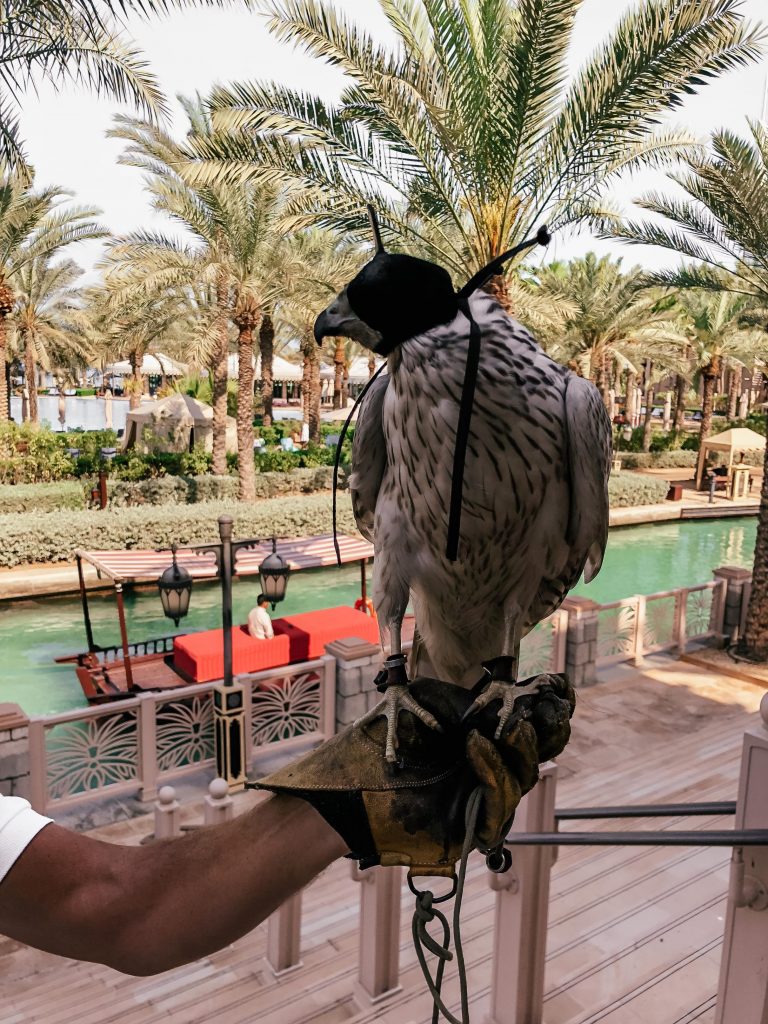
After breakfast, I walk down to the Abra Station. The turquoise Venetian-like waterways are the veins that connect the Jumeirah hotels in this area. Abra’s are traditional wooden boats used in the United Arab Emirates as a method of transportation across the Dubai Creek. The abra was once the primary means of transportation between the two sides of the creek and you can still take one today with the locals for only 1 Dirham (approximately 30 American cents). It can sit up to 20 people. “This ones all yours!” the captain of abra 37 yells out through his ear to ear smile.
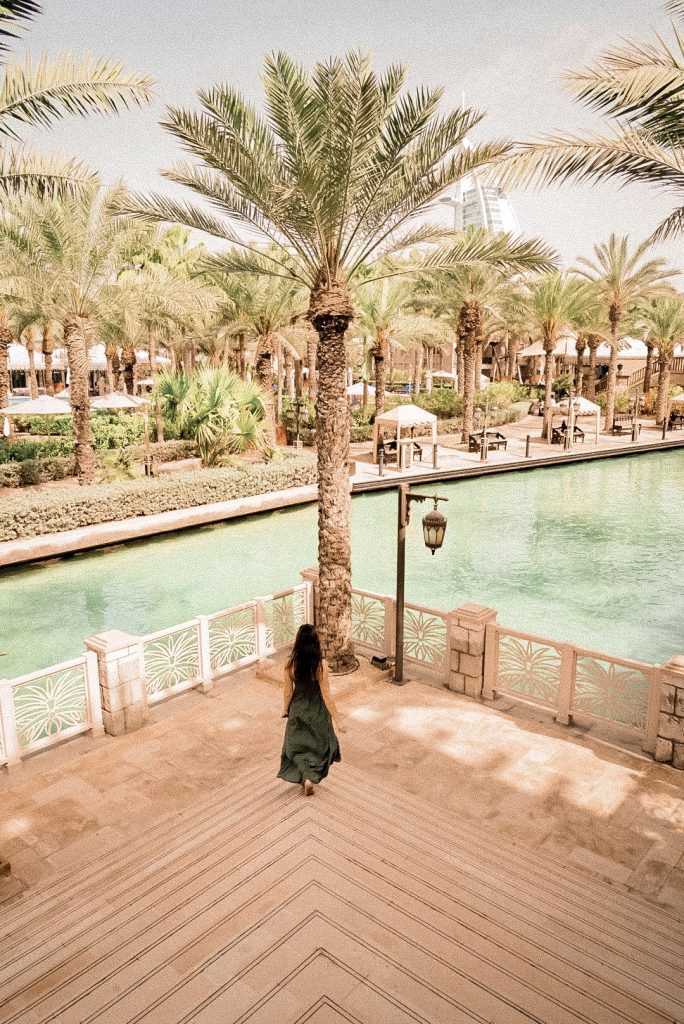
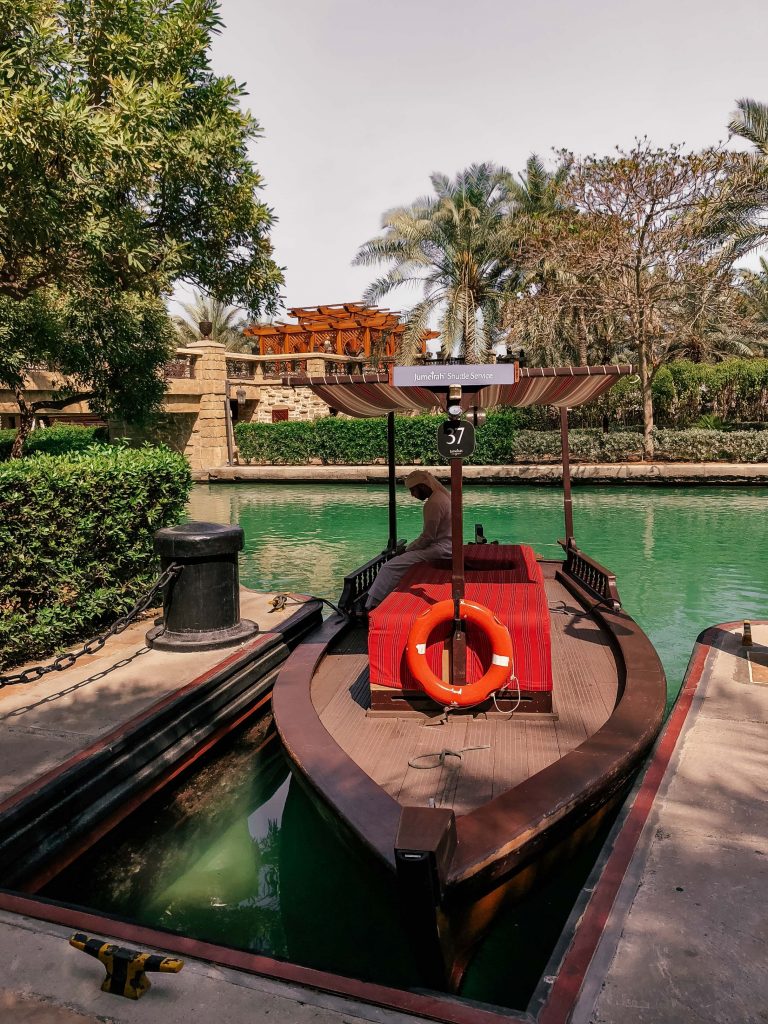
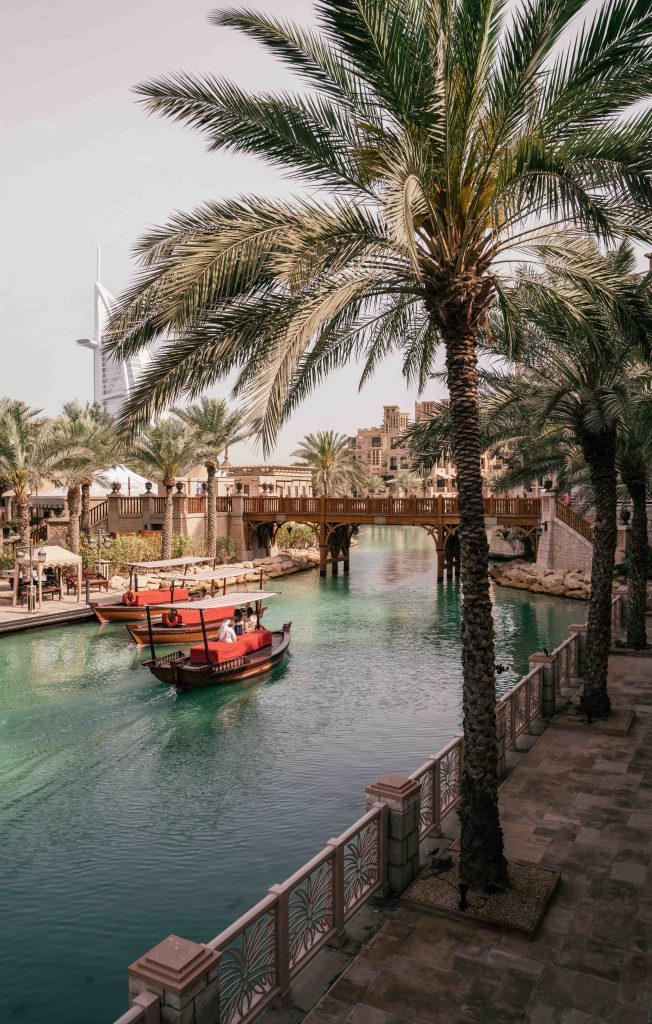
We begin the private twenty minute tour through the zigzagging maze of water canals. There are four luxury hotels on the roughly hundred acre property: Al Qasr (“The Palace”), Al Naseem (“The Breeze”), and Mina A’ Salam (“The Harbour of Peace”) and 29 summer houses that are part of Dar Al Masyaf. The Madinat Jumeirah is open to the public and particularly dazes visitors with it’s attractive view of the Burj Al Arab. I felt a heightened sense of joy riding through the residential strip where only hotel guests are granted access.
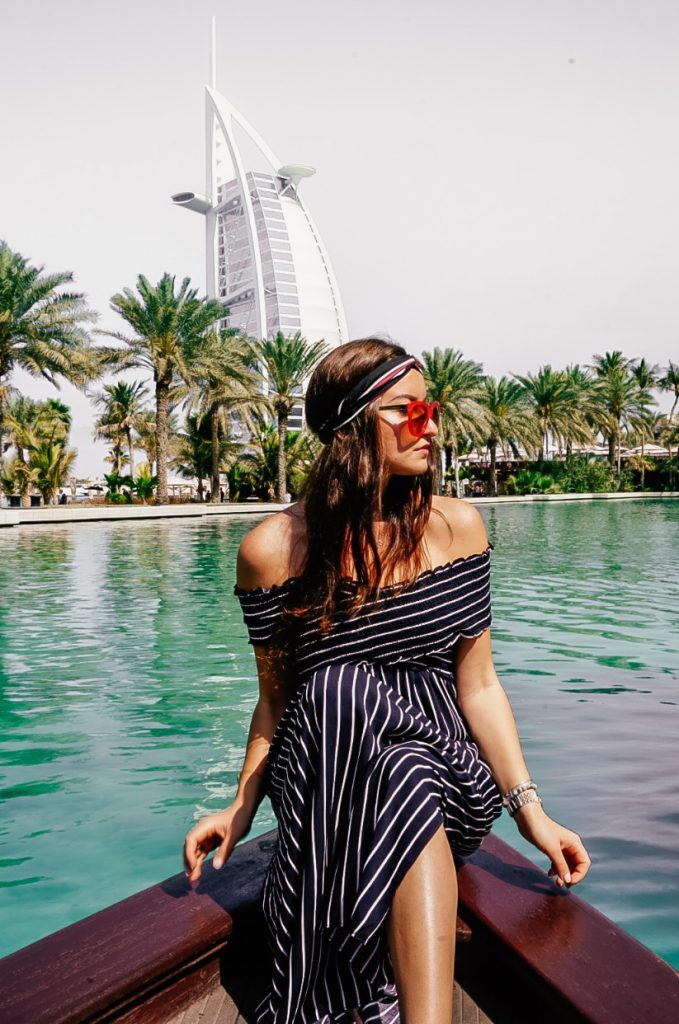
The true spirit of Emirati culture lies in the vibrant and rambunctious, colorful and fascinating marketplaces called Souks. “Souk” is Arabic for marketplace and anything you can think to buy, there is a Souk for it! Gold souk, spice souk, perfume souk, textile souk … you name it. The Arabian Paradise that is housing me has it’s own Souk which encompasses the traditional Middle Eastern shopping culture, minus the haggling that you can otherwise expect at the local markets
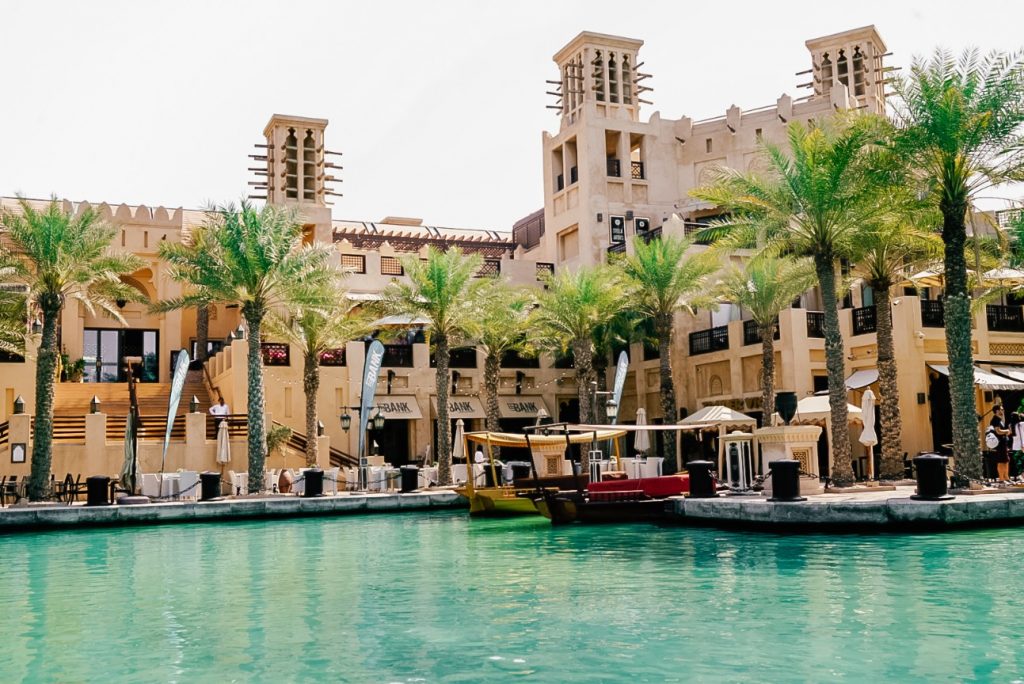
Choosing a place to eat was the most taxing decision I had to make on the property. I didn’t have two weeks to try every restaurant so I narrowed it down to my first choice: a place that Time Out Dubai said has “plenty to please everyone (okay, maybe not vegans).” The Hide is described as an “American Meatery” and a “prime carnivore haven”, with spectacular views of the Burj Al Arab (must I add). This was right up my alley and I simply couldn’t resist dining in a place that could easily intimidate Del Frisco’s and Peter Luger’s. I probably should have prepared better for the surf and turf extravaganza that I was about to experience. The oyster exploded in my mouth as I scrambled the egg yolk into my steak tartar. I closed my eyes for two reasons: 1. I wanted to make sure that this meal is, in fact, a dream. 2. I figured that creating a lack of sight would heighten my sense of taste. For the main course: a 1.6 pound Tomahawk steak. In an unsurprising Emirati move, it happened to be “Complimentary Wine Night” for men – luckily, I brought one of my guy friends. I shared my steak … he shared his wine.
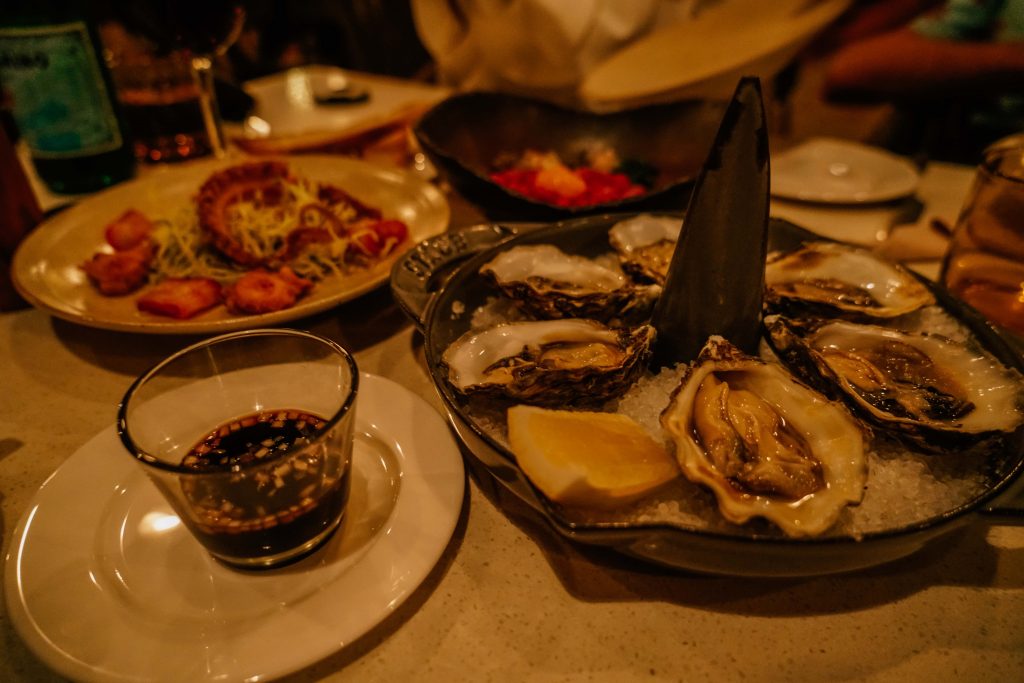
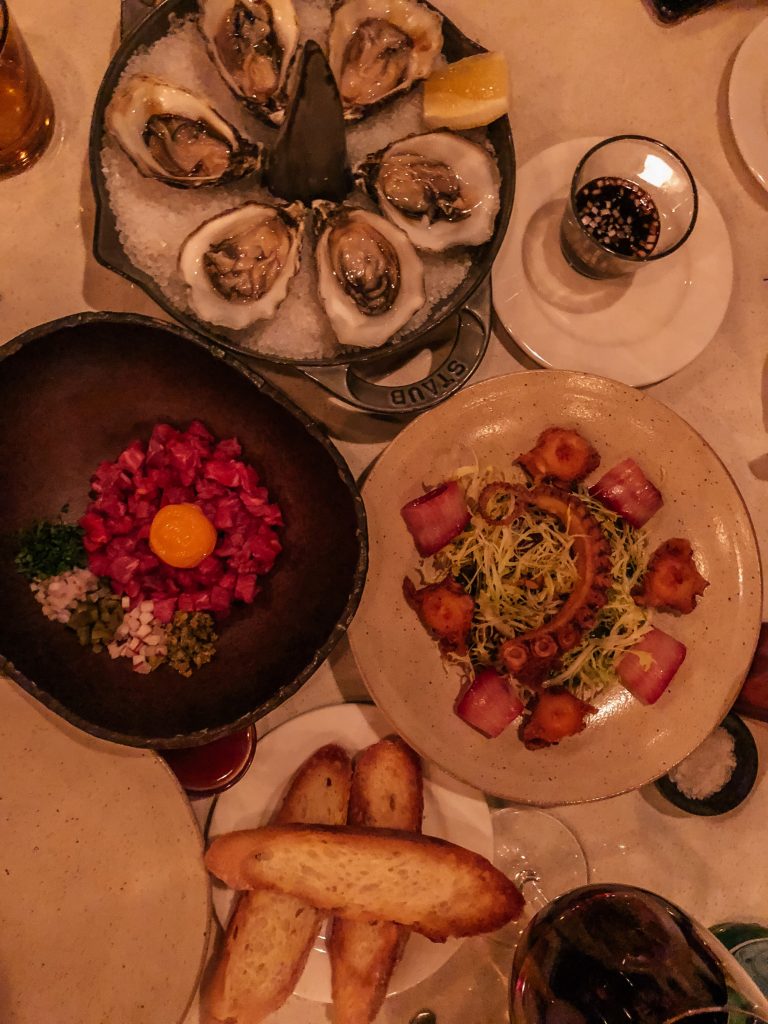
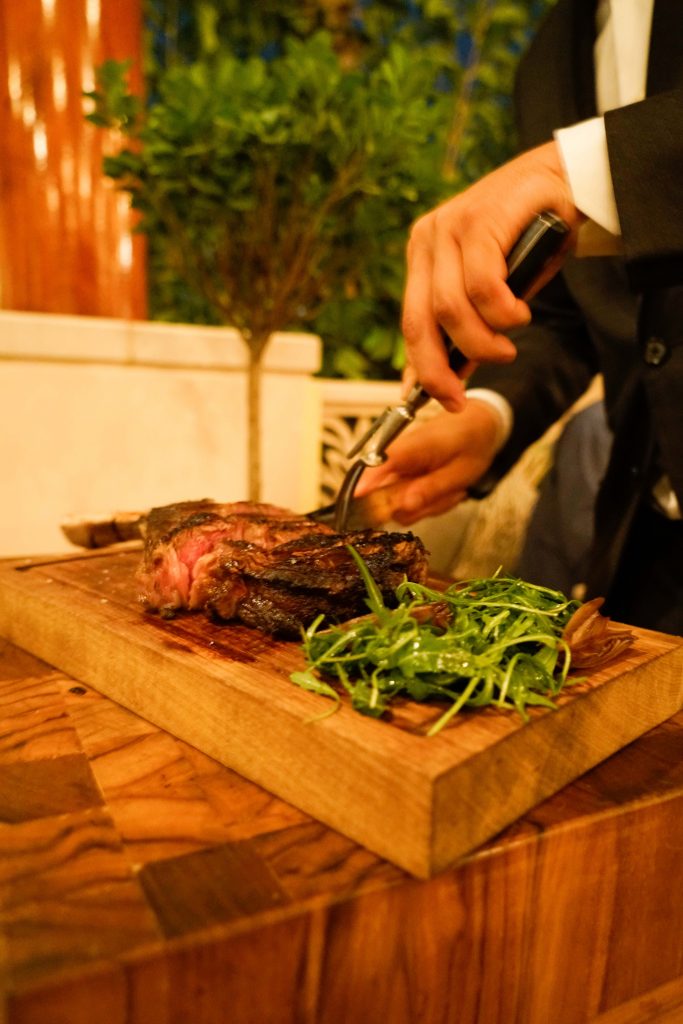
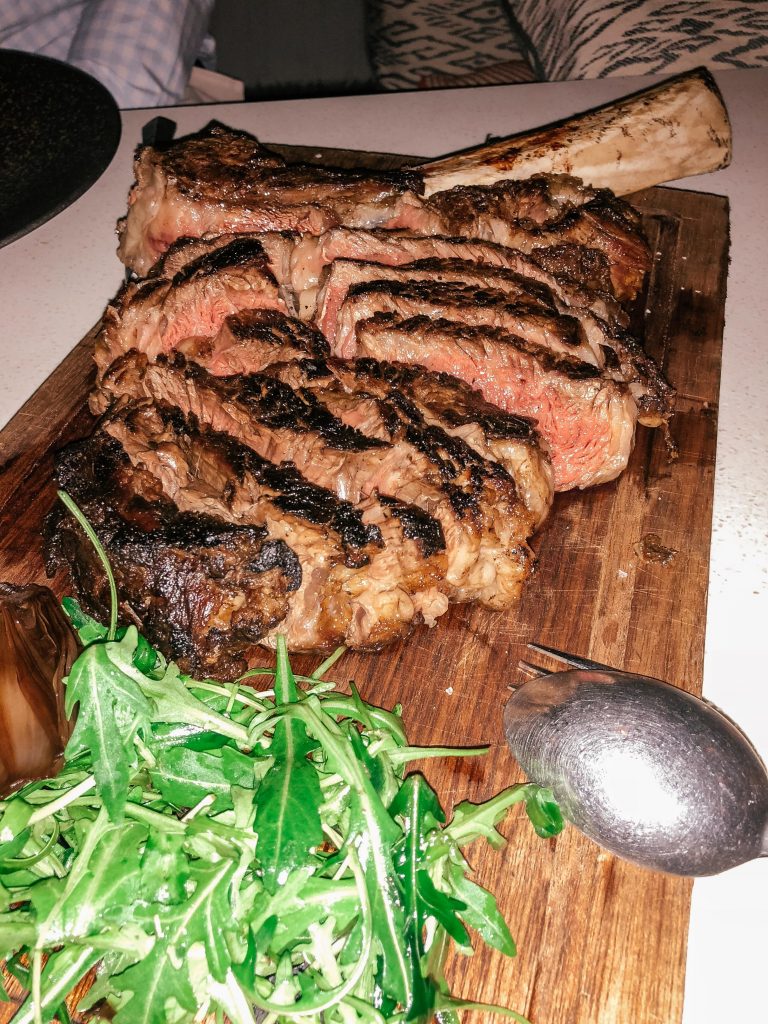
The next morning I was granted the golden ticket to sleep in God’s arms: keys to a private villa at Jumeirah Dar Al Masyaf. About three minutes away by a private abra from my current room. There I stood, scrambling to pick up my jaw from the ground in front of the colorful mosaic puzzle-piece tiles that detail the Arabian Majlis or living room. Scattered amongst the perfectly gardened lawns and aquamarine waterways are clusters of exclusive summerhouses of Jumeriah Dar al Masyaf. Each summerhouse has anywhere between nine and eleven guestrooms in addition to a petite public square. All thats missing is … never mind, there is a butler bringing Argentinian Malbec. He hands me a glass just in time as my jaw locks back into place
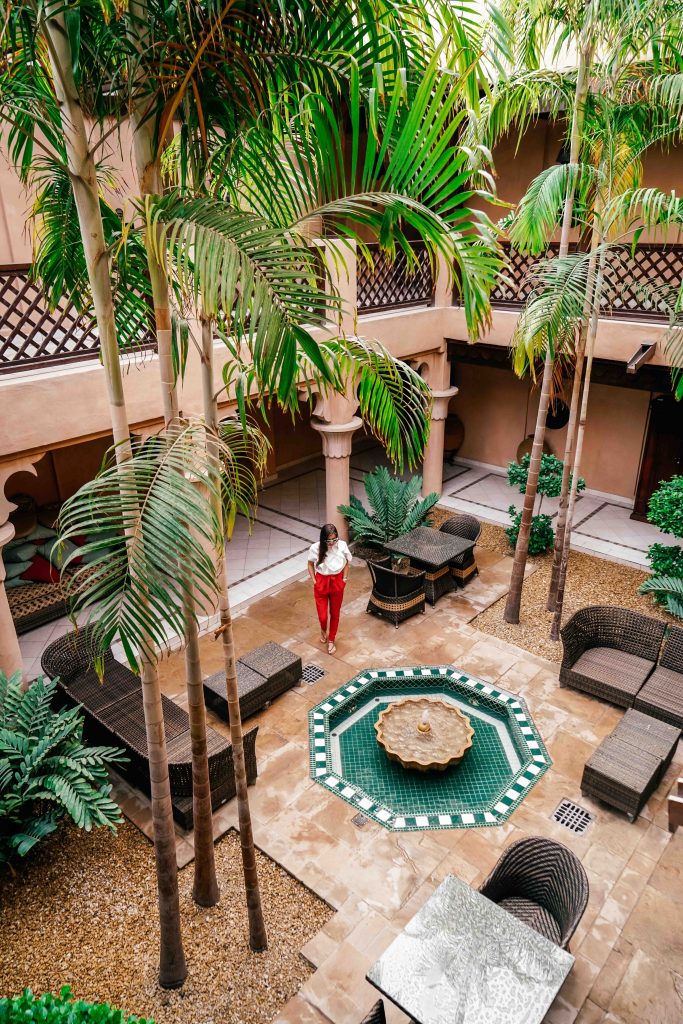
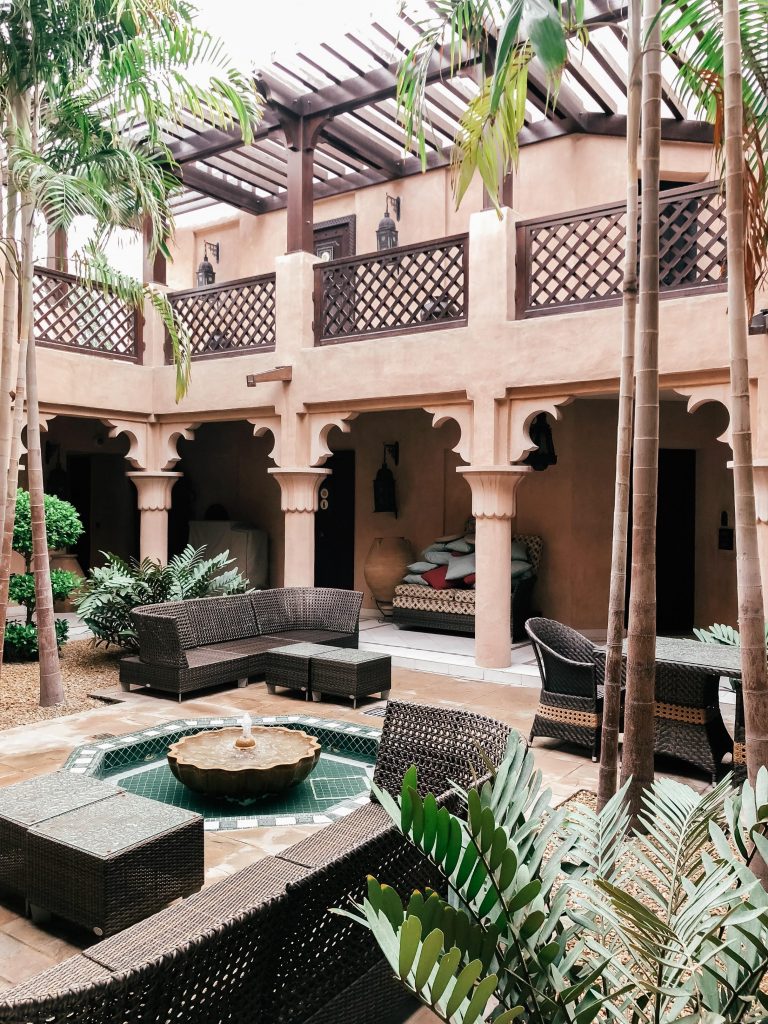
At this point, I am exhausted from thinking about whether or not this is simply a mirage in the middle of a desert that Dubai was only 40 years ago. Traditional Arab architecture is very distinct: it is defined, it’s simple and it’s artistic. On top is a windcatcher which is derived from traditional Persian architecture to create ventilation throughout the property. The attention to detail in reconstructing the pristine traditional Arab house truly solidifies Jumeriah’s ability to provide a time machine for grown-ups like me who want to see the future just as anxiously as they want to see the past.
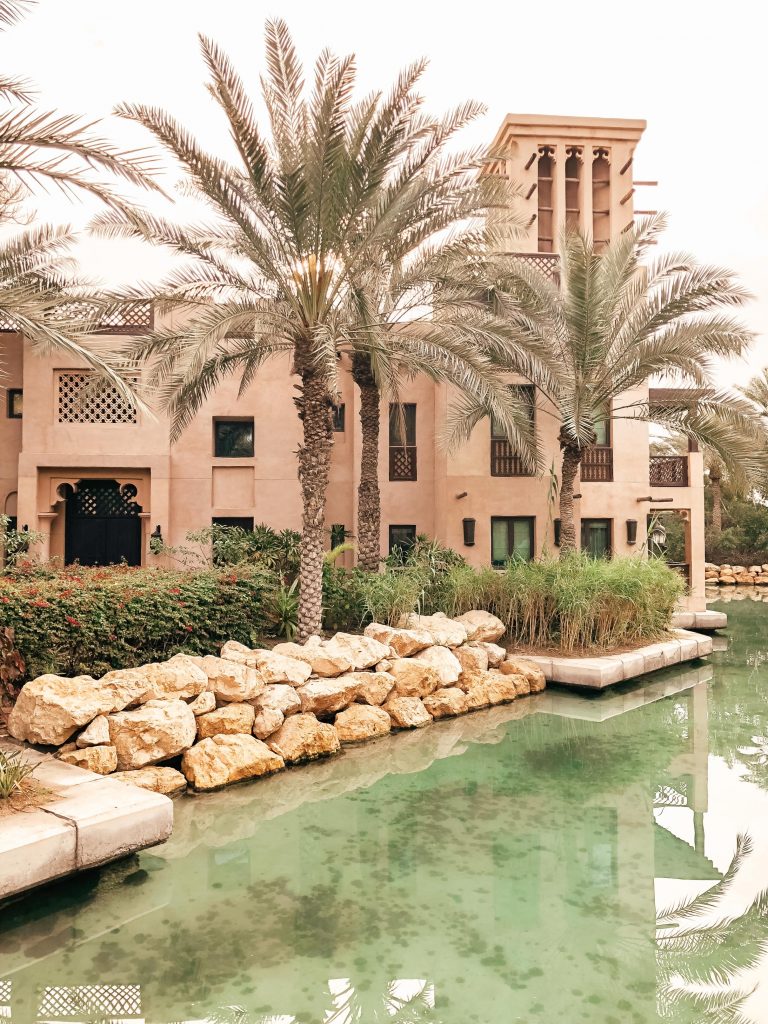

The most important thing when travelling solo is that you’re safe. When you’re looking for somewhere to stay, find a place such as ROOST Kelly Drive, which is an aparthotel right in the middle of Philadelphia. It’s in a good location and has staff that will look after your every need, leaving you feeling safe and secure. With an aparthotel such as this, you get the benefits and safety of a boutique hotel, but also the freedom and facilities of an apartment. It’s a win-win situation, particularly when travelling on your own and somewhere that you don’t know.

